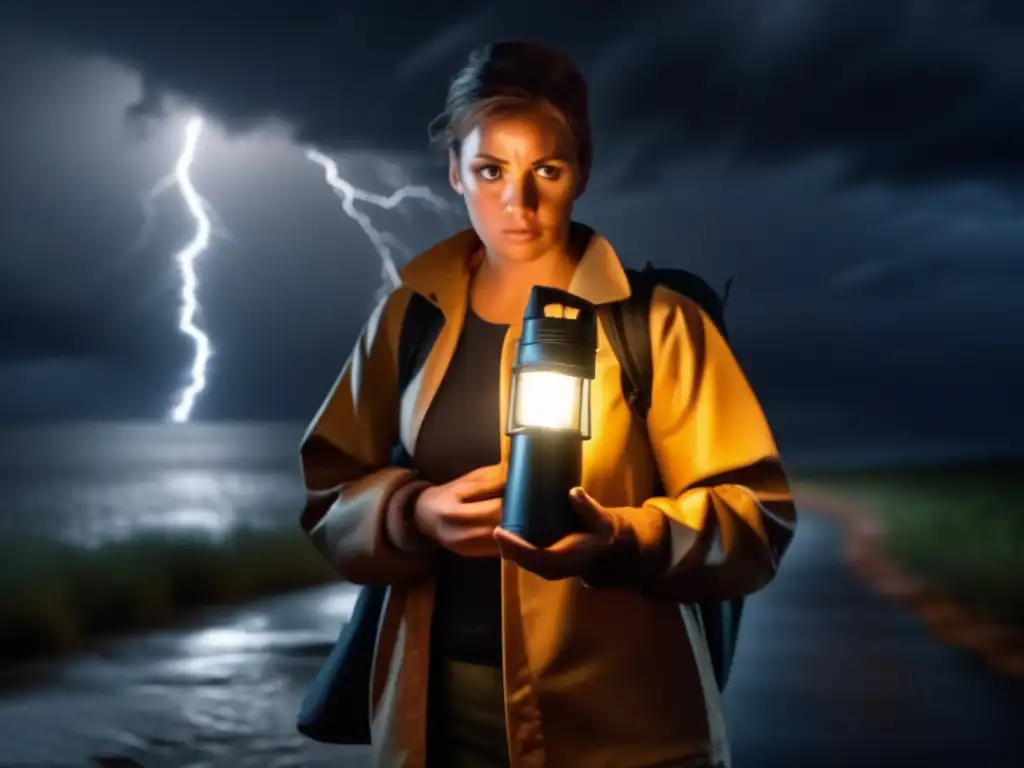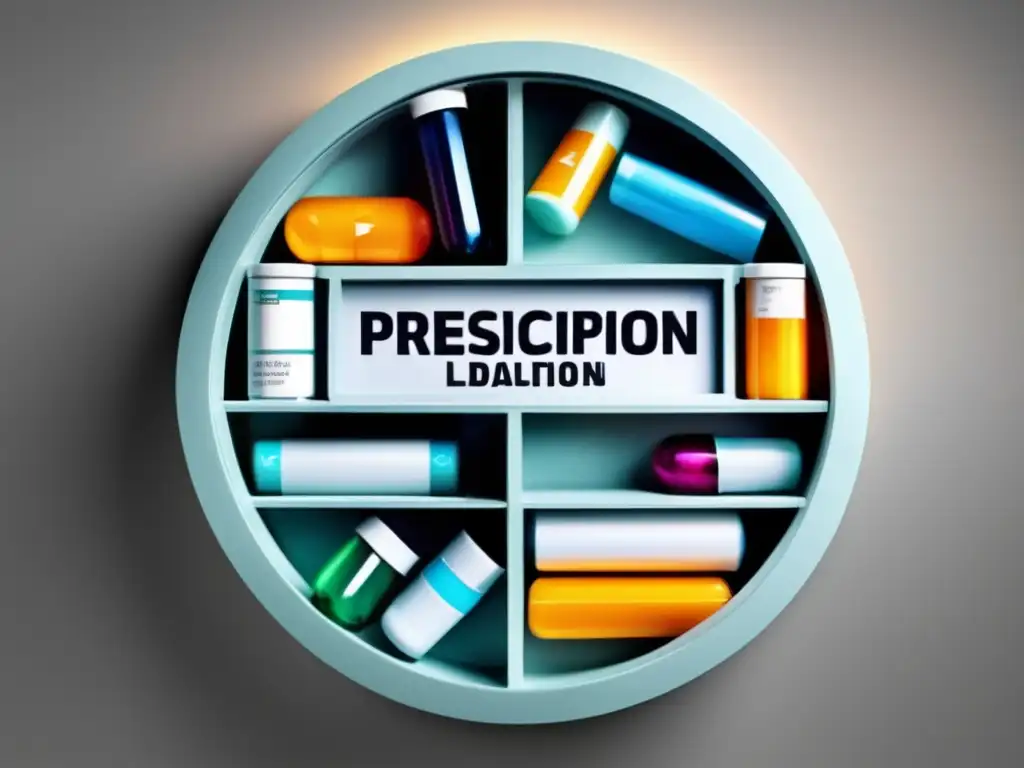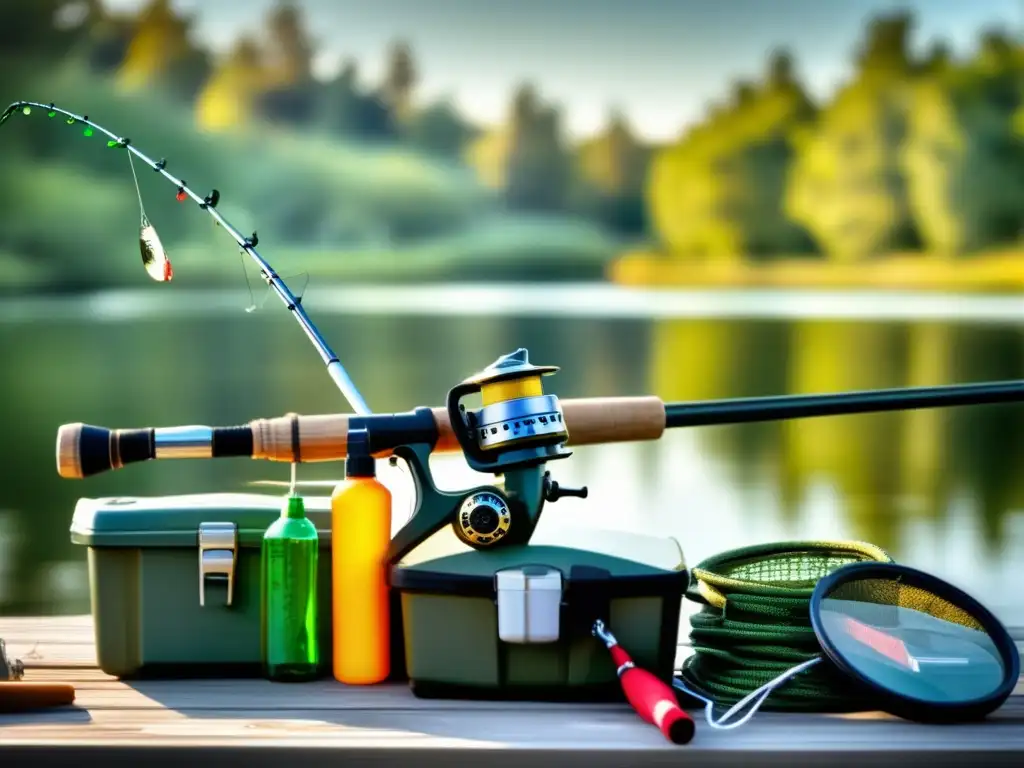The Calm Before The Storm: What To Do 48 Hours Before A Hurricane

The Calm Before the Storm: What to Do 48 Hours Before a Hurricane
Introduction
Preparation is key when it comes to hurricanes. With their unpredictable nature, it’s important to be proactive and take steps to ensure the safety of yourself and your loved ones. One of the most critical moments in hurricane preparedness is the 48-hour timeframe before the storm hits. In this article, we’ll walk you through what you need to do during this period to help ensure your safety and minimize damage to your property.
Gather Supplies

Create a Hurricane Supply Kit
A hurricane supply kit should contain everything you need to survive for at least a few days without power or access to food, water, or medical care. Items to include in your supply kit are:
- Non-perishable food: Canned goods and other non-perishable items that can be eaten without cooking.
- Water: At least one gallon per person per day for at least three days.
- Battery-powered or hand-crank radio: To keep abreast with weather updates and other important news.
- Flashlights: Make sure to have extra batteries or a hand-crank flashlight.
- First aid kit: Include basic medical supplies like band-aids, antiseptic wipes, and pain relievers.
- Clothing and bedding: At least one change of clothes and blankets to stay warm if power goes out.
- Important documents: Keep important documents such as insurance policies, passports, and medical information in a waterproof container.
Stockpile Essentials
In addition to your supply kit, make sure you have enough essentials like medicine, cleaning supplies, and personal hygiene items to last you for a few days or even a week.
Protect Your Property
If you haven’t already, move outdoor furniture and equipment indoors. Secure windows with storm shutters or plywood. Trim any weak or damaged branches from trees near your home.
Prepare Your Home

Identify the Safest Room
Determine which room in your home is the safest during a hurricane. Generally, this room should be an interior room on the lowest level of your home, away from windows, doors, and exterior walls.
Close Windows and Doors
Make sure all windows and doors are closed and locked tightly. This will help prevent high winds from entering your home and causing damage.
Turn Your Refrigerator and Freezer to the Coldest Setting
If the power goes out, it’s important to keep your food as cold as possible to prevent spoilage. Turning your fridge and freezer to the coldest setting will help keep food fresh longer.
Stay Informed

Monitor Weather Updates
Stay up-to-date with the latest weather forecasts and updates about the storm. This will help you make informed decisions about when to evacuate or take other necessary precautions.
Listen to local authorities and follow their instructions for evacuations, curfews, and other necessary measures. They have the expertise and knowledge to help keep you safe.
Keep Your Phone Charged
Make sure your phone is fully charged and consider purchasing a portable backup charger. You may need to use your phone for emergency communication or to access important information.
Evacuation Planning

Know Your Evacuation Route
If an evacuation order is issued, know your designated evacuation route. Plan ahead and make sure you have enough gas in your car to reach your destination.
Have a Plan for Your Pets
Make arrangements for your pets before the storm hits. Many shelters and hotels do not allow pets, so plan ahead and identify pet-friendly accommodations or make arrangements for a pet sitter.
Notify Friends and Family
Let friends and family know your evacuation plans, where you’ll be staying, and how to contact you in case of an emergency.
Frequently Asked Questions

-
What should I pack in my hurricane supply kit?
Your hurricane supply kit should include non-perishable food, water, a battery-powered or hand-crank radio, flashlights, a first aid kit, clothes, blankets, and important documents in a waterproof container.
-
What’s the safest room to stay in during a hurricane?
The safest room is usually an interior room on the lowest level of your home, away from windows, doors, and exterior walls.
-
What should I do with my pets during a hurricane?
Make arrangements for your pets before the storm hits. Identify pet-friendly accommodations or make arrangements for a pet sitter.
-
How can I stay informed during a hurricane?
Monitor weather updates, listen to local authorities, and keep your phone charged.
-
What should I do if an evacuation order is issued?
Know your designated evacuation route, plan ahead, and notify friends and family of your plans.
Conclusion
With hurricanes, it’s always better to be safe than sorry. The 48 hours before a storm hits are critical for preparation and taking necessary precautions. By gathering supplies, preparing your home, staying informed, and having an evacuation plan, you can help ensure the safety of yourself and your loved ones. Remember to listen to local authorities and follow their instructions. We hope this guide has provided valuable information to help you prepare for a hurricane. Stay safe!
Thank you for reading! If you have any additional tips, please share them in the comments below. Be sure to subscribe to HurricaneInsider.org for more hurricane-related updates and information.
Additional Resources

If you want to discover more articles similar to The Calm Before The Storm: What To Do 48 Hours Before A Hurricane, you can visit the Hurricane preparedness: category.
Leave a Reply




Articulos relacionados: